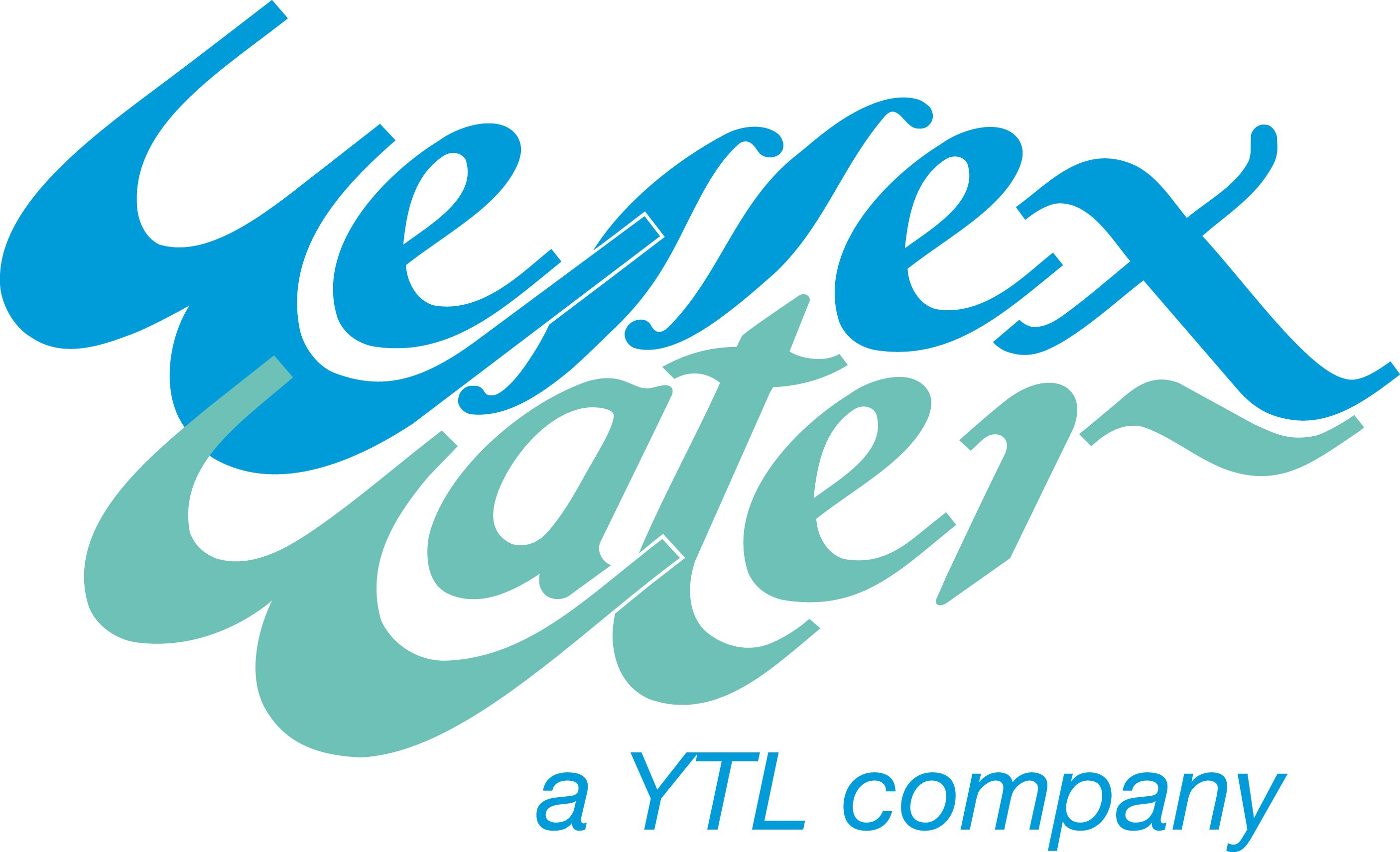Microbial ecology and fate of pathogens in constructed polishing wetlands
We aim to quantify waterborne pathogens within a polishing wetland to inform sewage treatment policy and to potentially decrease risk for waterborne illnesses.

The project aims to quantify waterborne pathogens and pathogen indicators within a newly built polishing wetland and to investigate changes in the microbial community during operation of the wetland.
Project outline
With increasing public concerns and tightening regulations water utilities worldwide have been implementing advanced tertiary treatment steps to minimise biological and chemical contaminant release from wastewater effluent and to help restoring and protecting downstream ecosystems. Among various tertiary treatment options constructed polishing wetland (figure 1) are particularly suitable for smaller facilities and non-urban settings. Through state-of the art microbial detection methods, the proposed project will investigate the fate of water borne pathogens and pathogen indicator organisms during wetland passage. As a working hypothesis it is expected that sedimentation, decay and predation processes greatly reduce pathogens. In addition the project will use genetic analysis and molecular techniques to understand the development of the microbial community within the wetland. Data on the microbial fauna will allow better understanding of the metabolic potential within the wetland to degrade contaminants and to assess whether wastewater polishing wetlands may serve as a vector for the spread of antimicrobial resistance genes
Science
The data produced will inform future wetland design, permitting and highlight issues surrounding wetland management and disposal of green wastes produced.
Impact
The project findings will inform water industry design and Environment Agency permitting policy on the use of wetlands within the sewage treatment system. As an additional benefit, the removal of pathogens from wastewater by polishing wetlands can lead to a significant decrease of risks for waterborne illness outbreaks downstream without the need of installing any chemical effluent disinfection capacities. While information on pathogen removal by polishing wetlands is critical for decision makers on investments in upgraded wastewater treatment technologies, little quantitative data is currently available for the UK. Microbial community analysis will provide information on metabolic pathways important for nutrient removal (e.g. nitrification/ denitrification) and the effect of trace contaminants present in the wastewater (e.g. resistance genes).
This project is led by Franciszek Bydałek from Department of Chemical Engineering.


